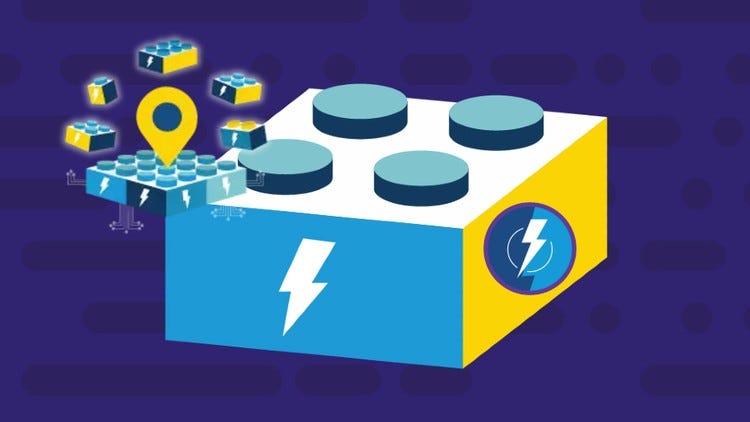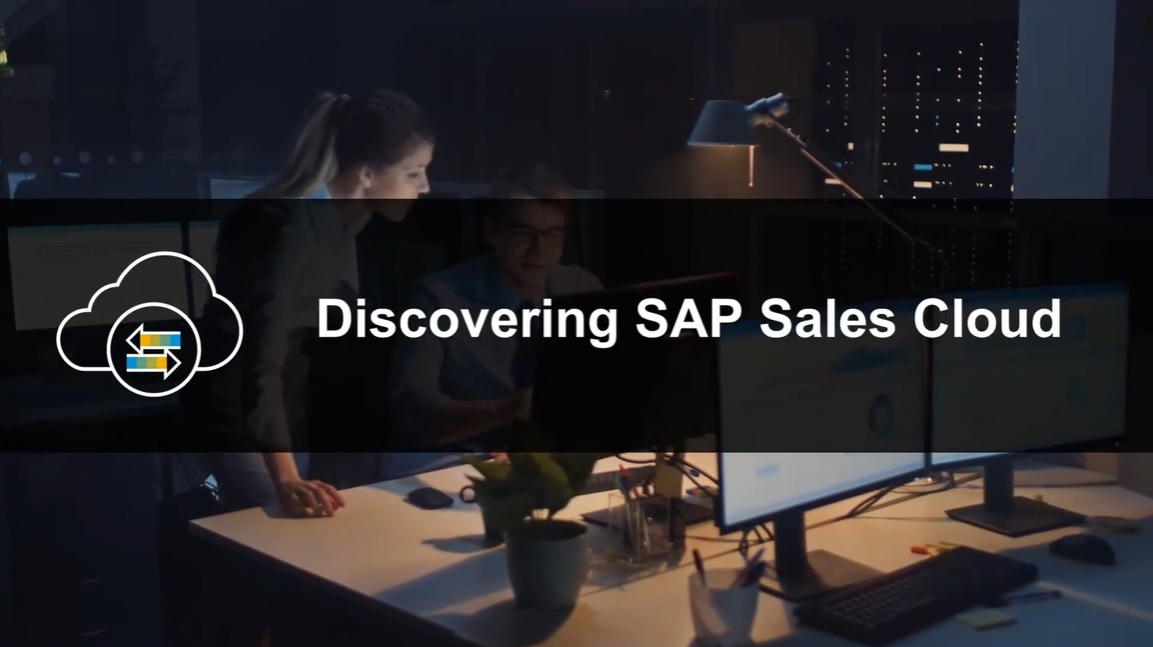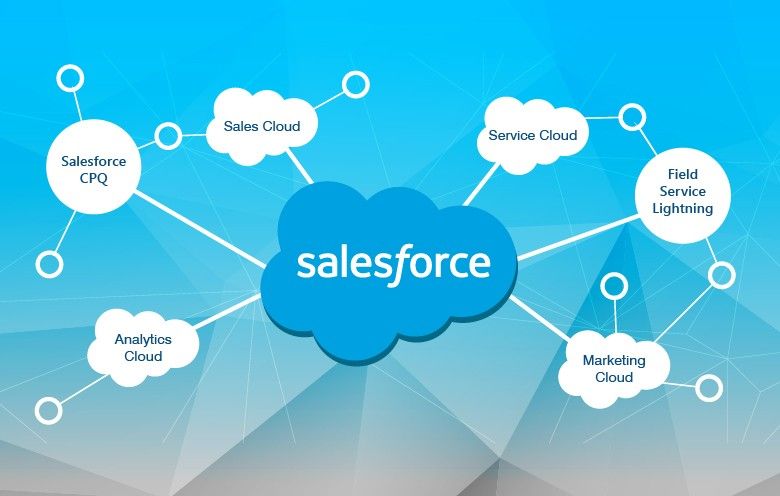Description
Introduction to Salesforce Lightning Web Components (LWC)
Salesforce Lightning Web Components (LWC) is a modern JavaScript framework built on the Web Component standards that enables developers to create reusable, high-performance user interface (UI) components for Salesforce applications. LWC is part of the Salesforce Lightning Platform and allows for a more efficient and scalable approach to building web apps and custom Salesforce applications. LWC improves the performance of applications by leveraging native browser capabilities, providing a faster, more secure, and cleaner development environment.
Prerequisites
- Basic understanding of Salesforce platform and Lightning Experience
- Familiarity with JavaScript, HTML, and CSS
- Knowledge of the Salesforce Object Model and Apex
- Understanding of Salesforce Lightning components and their architecture
- Familiarity with Visualforce, Aura Components, or other web technologies
- Basic experience with Salesforce Developer Console or Visual Studio Code
- Basic understanding of APIs and integrations within Salesforce
TABLE OF CONTENT
1: Introduction to Lightning Web Components
1.1 Overview of LWC
1.2 Benefits and Features
1.3 LWC Architecture
2: Setting Up Development Environment
2.1 Salesforce DX
2.2 VS Code Setup
2.3 LWC Project Structure
3: Basic LWC Concepts
3.1 HTML Templates
3.2 JavaScript Controllers
3.3 CSS Styling
4: Data Binding and Properties
4.1 One-Way and Two-Way Binding
4.2 Property Communication
4.3 Reactive Properties
5: Handling Events
5.1 Standard DOM Events
5.2 Custom Events in LWC
6: Conditional Rendering
6.1 If-Else Conditions
6.2 Switch Statements
6.3 Iterating Over Lists
7: Apex Integration
7.1 Calling Apex Methods
7.2 Wire Service for Data Retrieval
8: Lightning Data Service
8.1 Working with Record Forms
8.2 Record Data Manipulation
9: Navigation in LWC
9.1 Navigation Concepts
9.2 Using Navigation Service
10: Styling and Theming
10.1 CSS Styling in LWC
10.2 Theming Options
11: LWC Best Practices
11.1 Code Organization
11.2 Performance Considerations
11.3 Testing Strategies
12: LWC Deployment
12.1 Deploying to Different Environments
12.2 Version Control and Git
13: Advanced LWC Concepts
13.1 Dynamic Components
13.2 Lightning Message Service
13.3 LWC with Aura Components
14: Building a Complete LWC App
14.1 Real-World Salesforce LWC Project Example(Ref: Getting Started with Salesforce Health Cloud Setup)
14.2 Putting It All Together
Conclusion
Salesforce Lightning Web Components (LWC) provide developers with a modern, standards-based approach to creating high-performance, scalable user interfaces for Salesforce applications. By leveraging the latest web technologies and integrating seamlessly with the Salesforce platform, LWC empowers organizations to build faster, more dynamic, and efficient applications. The benefits of LWC include better performance, easier development, and simplified maintenance. As Salesforce continues to innovate, LWC will play a central role in the next generation of enterprise applications, making it a critical skill for Salesforce developers.
If you are looking for customized info, Please contact us here






